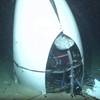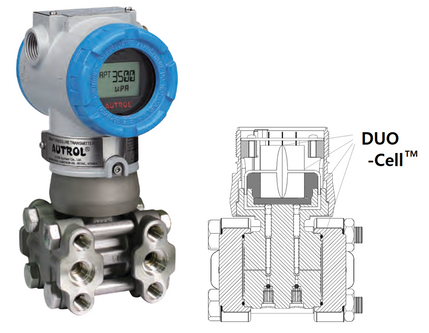Hytorc Aid Testing of Large Turbines
Clemson University has recently taken the lead for making strides in large-scale wind turbine energy testing and construction, as the organization is in the process of completing their revolutionary new testing facility, the Clemson University Restoration Institute (CURI). This multimillion-dollar testing site is capable of performing unprecedented trials on large-scale wind turbines due to the help of HYTORC’s advanced and reliable industrial fasteners, the HYTORC Nut and the HYTORC Washer.
The CURI building originally served as a U.S. Navy warehouse used to store nonhazardous materials, and upon completion the facility will become a multimillion-dollar testing site capable of performing unprecedented trials on large-scale wind turbines.
CURI is a solution to a unique problem in the field of wind energy. Just one 15 mega-watt wind turbine, a hypothetical system three times larger than any used today, would be capable of providing power to nearly 4,000 average homes. But until now, no testing facility equipped for a turbine of that size has existed, and without the assurance of such trial runs, no companies were willing to undertake investments in large turbine production.
When completed, the team at CURI will be able to conduct full-scale accelerated electro-mechanical trials of advanced wind turbine drivetrain systems, simulating their performance and analyzing their interaction with cyber control system software algorithms. The tests are conducted with a 15 MW hardware-in-the-loops simulator and a massive 15 MW test rig drive unit, which requires extremely sophisticated parts to ensure long-term functionality, accuracy and safety.
Weighing in at over 400 tons and spanning more than 40 feet in diameter, the test rig drive unit demanded a product and brand that could offer unmatched power and reliability. Overcoming the difficulties of this build meant a need for creative solutions, as the test rig presented numerous unfavorable operating conditions, including dry lubricant, low friction and extreme vibration. It was for these reasons it was decided the construction of the machine would be completed using HYTORC’s proven industrial bolting systems.
“A build of this caliber demanded the inclusion of both the HYTORC innovative three-piece nut and the low-profile reaction washer,” said Eric Junkers, President of HYTORC. “These advanced industrial fasteners were instrumental to the test rig drive unit, which required complete stability for effective functioning. The HYTORC Washer ensures just that, preventing the accidental loosening of the nuts and maintaining even and accurate bolt load. The HYTORC Nut offers pure axial bolt tensioning for optimum performance, while controlling surface friction and other variables to guarantee bolt load accuracy.”
The HYTORC Washer was installed on the foundation T-bolts. This was a well-matched product choice that fit CURI’s needs, as the application will never be taken apart for maintenance. The main bearing of the mechanism features the HYTORC Nut. Since there is a possibility of replacing the bearing in this area of the structure, the Nut was the best solution as it can be reused as necessary. This revolutionary fastener technology was also used for the generator mounting brackets, due to the same product ingenuity and dependability.
“The bolting jobs on these applications would have been nearly impossible with standard bolting systems or fasteners,” said Jason Junkers, Chief Operating Officer of HYTORC. “The extreme loads combined with tremendous vibration add a significant challenge; a different way of thinking was required and HYTORC’s patented fastening systems offered Clemson University’s team the solution they needed to make this project possible.”
Additionally, HYTORC’s advanced fastening systems offer hands-free operation without reaction arms and backup wrenches, thereby adding safety to the installation while decreasing the labor involved in operation and eliminating the potential for human error.
When CURI is complete, these high levels of accuracy will allow the facility to undertake the world’s most advanced testing on wind turbines, unlocking the potential for a new energy source of monumental proportions.
“To be involved in such an innovative and ground breaking project, which will eventually test the technology of the future, was a great distinction for the HYTORC name, and our reliable products.” said Eric Junkers.











